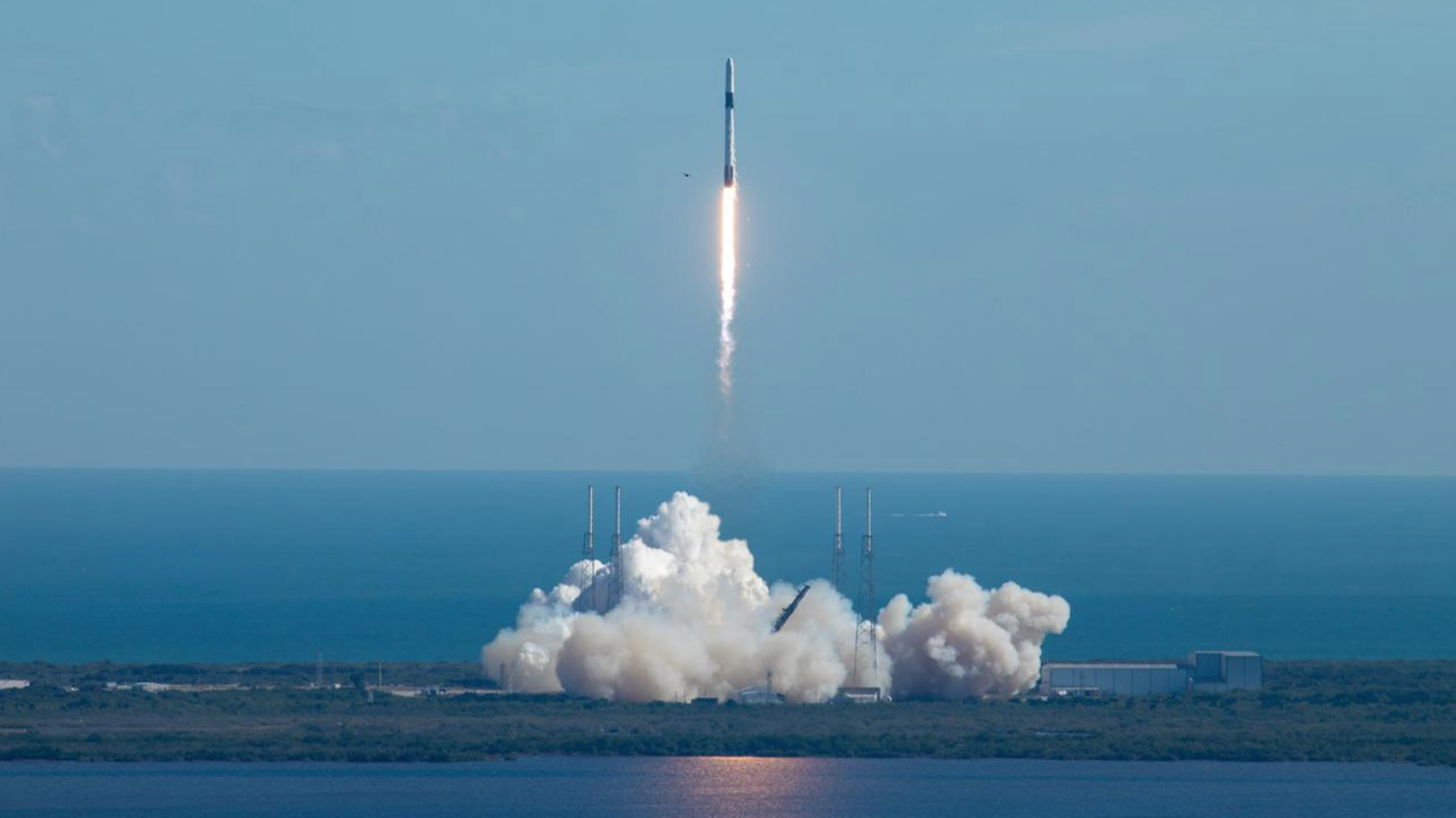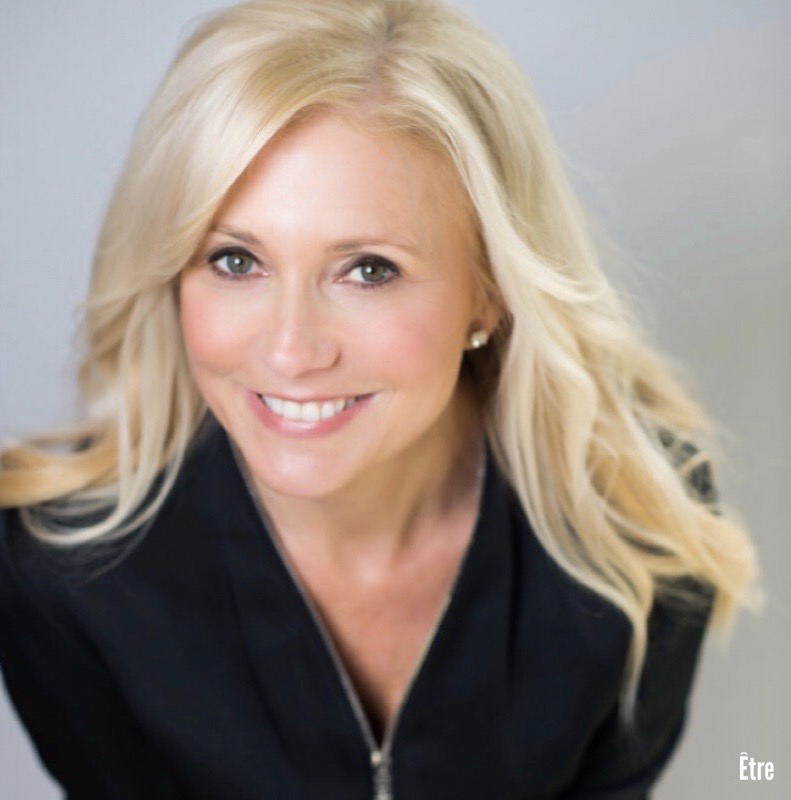What if…
…examining barley seeds in microgravity could help us grow food in space and improve crop growth back on the ground?
…sending mice into orbit could teach us how to prevent human bone and muscle loss on Earth?
…researching how cells grow in spaceflight could help patients on Earth living with Parkinson’s disease and multiple sclerosis?
…studying how flames spread in confined spaces could save lives and reduce injuries caused by fire?
And what if you could put all of those experiments and more on a single rocket and shoot it skyward to find answers? Well, we wondered too.
STEM-obsessed girls as early as middle school are learning about gravitational pull in class and following their favorite astronauts on social media. They have never known a time when they couldn’t live stream a rocket launch from their phones, and for as long as they have been alive they have had female role models lighting the way in space science.
Role models like Gwynne Shotwell, President and COO of SpaceX, who attributes her early inspiration to a female mechanical engineer she met as a teenager. Or Jessica Meir and Christina Koch, who completed the first all-female spacewalk this fall to the delight of science classrooms everywhere. Or Rosa Reyna Gonzales Cancino who, at the age of 21, launched a small satellite as part of NASA’s CubeSat Launch Initiative with her university team.
So, when SpaceX sent its 19th commercial resupply services mission (CRS-19) up to the International Space Station (ISS) on December 5th – bringing Rosa’s project along with 50 other experiments into orbit – we wanted to hear from the women involved. What did they hope to accomplish with this latest mission, and what did they want today’s girls to know?

“The ISS is an orbiting laboratory about 240 miles above the Earth,” explained Christine M. Kretz, Vice President of Programs and Partnerships at the ISS U.S. National Laboratory. “More than 400 ISS National Lab payloads have launched to the space station, making research in microgravity – that’s research performed in low, but not zero, gravity – a real possibility for organizations looking to test ideas in space.”
What kind of ideas, we asked?
Ideas from companies like Anheuser-Busch, sending its fourth experiment to the ISS National Lab to determine whether malting barley seeds in microgravity could help lead to new developments in brewing, distilling and food production both on and off of Earth.
Ideas from laboratories like The Jackson Laboratory, sending 40 female mice, including some “mighty mice,” into space to research bone loss and muscle wasting – which is important not only to safeguard astronauts’ health in space but also to aid patients on Earth facing muscle atrophy due to inactivity (for example, intensive care patients, those recovering from hip fracture surgery or the elderly).
Ideas from early ventures like Aspen Neuroscience, in partnership with the New York Stem Cell Foundation Research Institute and Space Tango and funded through the National Stem Cell Foundation, exploring three-dimensional cell culture and gene expression changes in microgravity to better understand neurodegeneration, which could help accelerate the development of therapies for Parkinson’s disease and multiple sclerosis.
Ideas from universities like Case Western Reserve University, funded by the National Science Foundation, examining how flames spread in confined spaces such as buildings or vehicles, because microgravity removes buoyancy, which makes flame spread hard to study on Earth.
“People are excited by space, and if we think of space not just as ‘wow, isn’t that cool to look back and see the Earth,’ but ‘what are the fundamental scientific questions we can ask when we’re there and how can we use that understanding to make things better here on Earth?’” notes Dawn Tilbury, Assistant Director of Engineering at the National Science Foundation in a video. “I think that’s exciting…for the future generation.”
Tantalizing ideas for the future generation – but wait, it gets better.
Students can now send their own ideas into orbit to be tested in microgravity through the education arm of the ISS National Lab, Space Station Explorers. Geared for students, teachers and schools, Space Station Explorers offers downloadable STEM kits, science challenges and even a platform highlighting girls and women in science.
“I’m so happy with the way kids light up when we talk to them about space,” beamed Christine Kretz. “Whether it’s comparing the growth of tomato seeds exposed to space with the growth of normal seeds on Earth or encouraging more complex projects, kids’ faces get a little brighter when you start putting science and space together.”
“You have to start young,” agreed Danielle Rosales, Marketing and Sales Associate at Space Tango, “and mentors are important from the very beginning. So many of my mentors were women, and that has continued through my career. I asked a lot of questions…Girls who are interested in STEM should follow journalists on social media, and ask questions all the time.”
And middle school is exactly the right age to be asking those questions.
“I knew in eighth grade that I had a passion for science and math,” recalled Rosa Cancino at a pre-launch press conference, “and that’s when I decided I would have a career in space. I had great role models, like my physics teacher in high school, and I just always knew I would chase my dreams.”
What do these space science leaders think girls should know before they launch their own ideas?
“All the women in science I know are risk-takers, because that’s the only way we could succeed,” stated Aspen Neuroscience Co-Founder and Chief Scientific Officer Jeanne Loring. “Yes,” added Jana Stoudemire, Commercial Innovation Officer at Space Tango, “and we think outside the box. It takes courage to do that, but when you have a team around you with great ideas, you can do it.”
Risk tolerance. Teamwork. Courage.
Traits starting in middle school that can launch great ideas into orbit. Game-changing ideas like those just brought to the ISS by SpaceX CRS-19. All it takes is a willingness to keep asking questions and the right environment to find answers.
“Our favorite question, above all others, is what if,” concluded Jana Stoudemire, “and the answers are all,” she grinned and pointed up, “there.”


